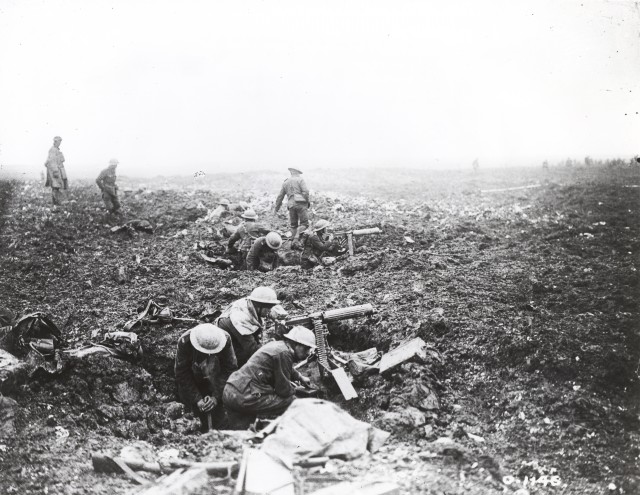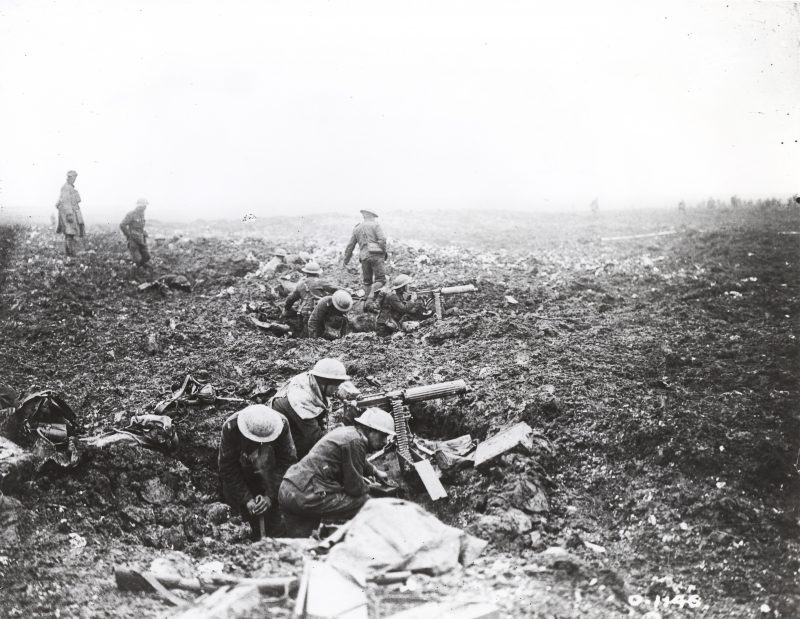
Situated two hours southeast of Calgary in Canada, the city of Lethbridge is the fourth largest in Southern Alberta with a present day population of just over 90,000.
A century ago, the population was only 10,000, and the Lethbridge Daily Herald announced that on December 22nd, 1915 that they had been authorised to raise a battalion named the 113th Battalion Lethbridge Highlanders. Just under a year later the 900 men of the new battalion sailed for England, where they were absorbed into the 17th reserve battalion of the Canadian Expeditionary Force.
Early April 1917 found the battalion in Southern France, where the Canadian troops had been ordered to mount an assault on Vimy Ridge. This four and as half mile ridge was heavily defended by the Germans, as it afforded a commanding view over the Allied troops’ trenches.
An earlier attack by French troops had failed with over 100,000 men killed, and the Canadians had to cross open country to reach the ridge. Before the assault, Canadian engineers constructed tunnels so troops to get to the ridge in greater safety.
The objective of the Canadian Corps was to take control of the German-held high ground along an escarpment at the northernmost end of the Arras Offensive. This would ensure that the southern flank could advance without suffering German enfilade fire. Supported by a creeping barrage, the Canadian Corps captured most of the ridge during the first day of the attack.
The town of Thélus fell during the second day of the attack, as did the crest of the ridge once the Canadian Corps overcame a salient of considerable German resistance. The final objective, a fortified knoll located outside the town of Givenchy-en-Gohelle, fell to the Canadian Corps on 12 April. The German forces then retreated to the Oppy–Méricourt line.
More than 15,000 Canadian Infantry in four divisions began their attack at 5:30 in the morning of April 9th, 1917. Fierce fighting went on for four days and by the time the battle was over, 100 of the 600 Lethbridge Highlanders lay dead or died later from their wounds. It was a victory won at great cost.
Altogether, 3598 Canadians were killed with another 7000 wounded. It was the first time that the four divisions with men from all parts of Canada, had fought together, and it was a victory that in many peoples’ minds marked the birth of the Canadian nation, The Vauxhall Advance reports.
In 1922, the French government granted the free use of 100 hectares at Vimy Ridge for the erection of a memorial to the men who died in the battle. The land has been granted ‘for all time’.
Some of the men killed in action were buried in temporary mass graves on the battlefield, and although most of them were later exhumed and re-buried in War-grave cemeteries some were not. One of the mass graves contained the bodies of 44 men, ten of whom were Lethbridge Highlanders, and their remains have been there for almost 100 years.
The grave was located in 2014, and work is now underway to identify the men so that they can finally be buried with military honours.
